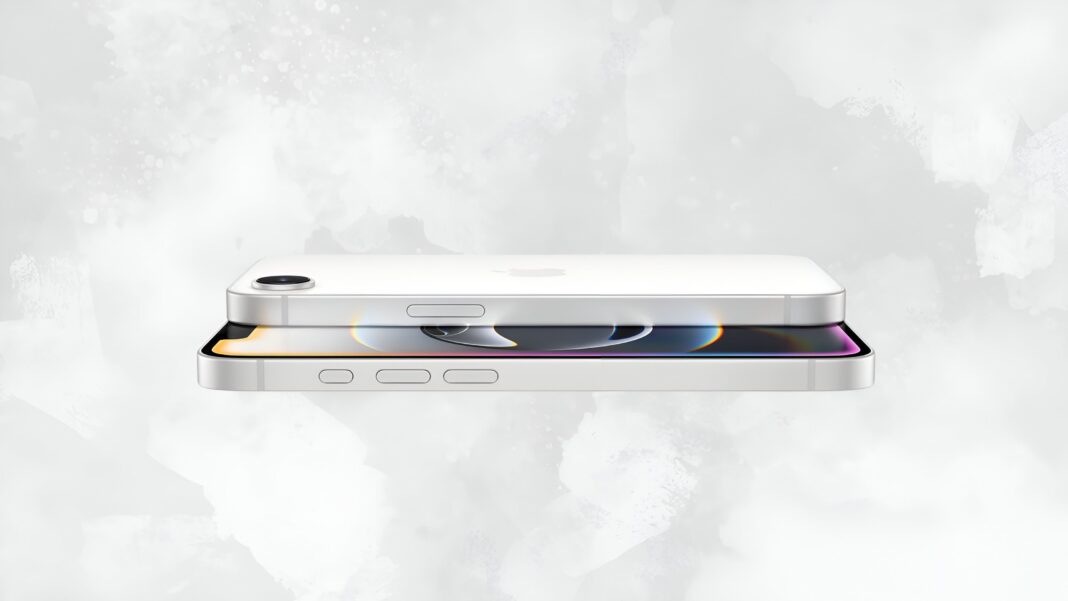In brief: Apple is a step closer to becoming silicon-independent. Its new C1 modem in the iPhone 16e marks Cupertino’s first attempt at handling connectivity without outside help. The Silicon Valley tech giant has already cut ties with Intel, and Qualcomm could be next on the chopping block.
Apple claims the C1 will improve power efficiency, helping the iPhone 16e achieve up to 26 hours of video playback. If the claim proves accurate, the 16e will become the longest-lasting 6.1-inch iPhone Cupertino has produced. The improved battery life will likely attract users who prioritize endurance over other features.
The iPhone 16e is Apple’s latest smartphone, replacing the budget-friendly iPhone SE. Pre-orders open on February 21 for $599, with an official launch on February 28. While it’s $200 cheaper than the base iPhone 16, it’s still $170 more than the SE – a significant price hike that SE fans didn’t see coming. With the 16e, Apple is targeting budget-conscious buyers who want modern features like 5G connectivity and the latest chipsets, filling the gap between the iPhone SE and higher-end models.
There is one exciting thing from the iPhone 16e: The C1 chip, Apple’s first cellular modem! It’s a large part of why iPhone 16e has significantly better battery compared to any other iPhone. pic.twitter.com/eQl0KHv70y
– Dylan (@DylanMcD8) February 19, 2025
The C1 modem supports sub-6GHz 5G but lacks mmWave compatibility, making it inferior to the Snapdragon X71 in its flagships. While mmWave support offers faster speeds in densely populated areas, sub-6GHz still delivers solid performance for most users, providing widespread coverage at lower latency. That said, most users won’t notice it much in daily use, as the difference in speed doesn’t impact everyday tasks like web browsing and streaming.
Apple has spent years preparing for this transition. After acquiring Intel’s modem division in 2019, the company has been working to build networking technology in-house, cutting ties with outside suppliers. This move allows Apple to refine its components to hopefully deliver a more cohesive product experience. The iPhone 16e is the first sign of that shift and is likely just the beginning. As Apple continues to develop its modems, future iPhones could offer even better performance and control over connectivity.
We may see the C1 modem in the upcoming iPhone 17 lineup. However, Cupertino may want more real-world testing before expanding its use to other devices. With the 17 due this fall, logic suggests it won’t feature the new modem, especially considering the lack of mmWave support. That said, if the iPhone 16e performs well with the C1, we could see a C2 with mmWave when the iPhone 18 arrives in 2026, bringing faster connectivity options for users in select markets.


